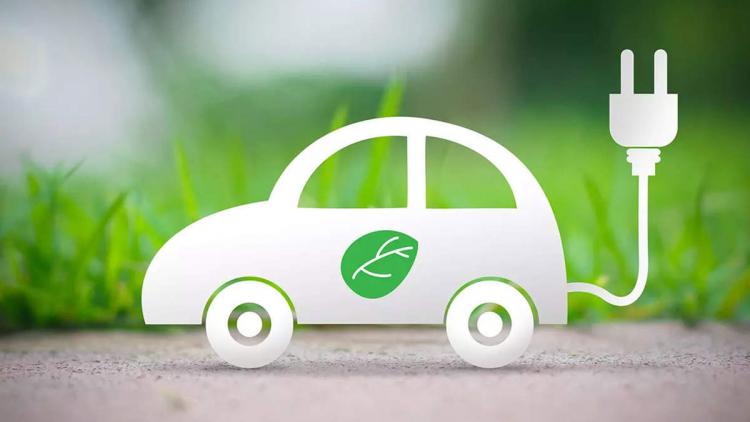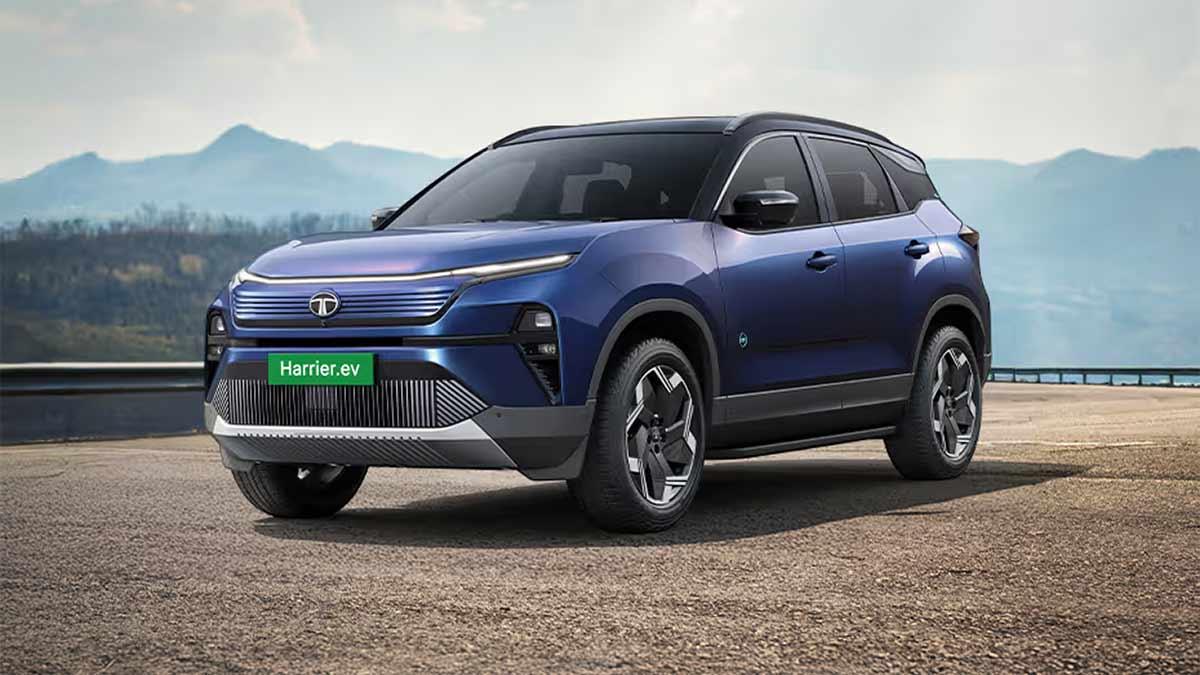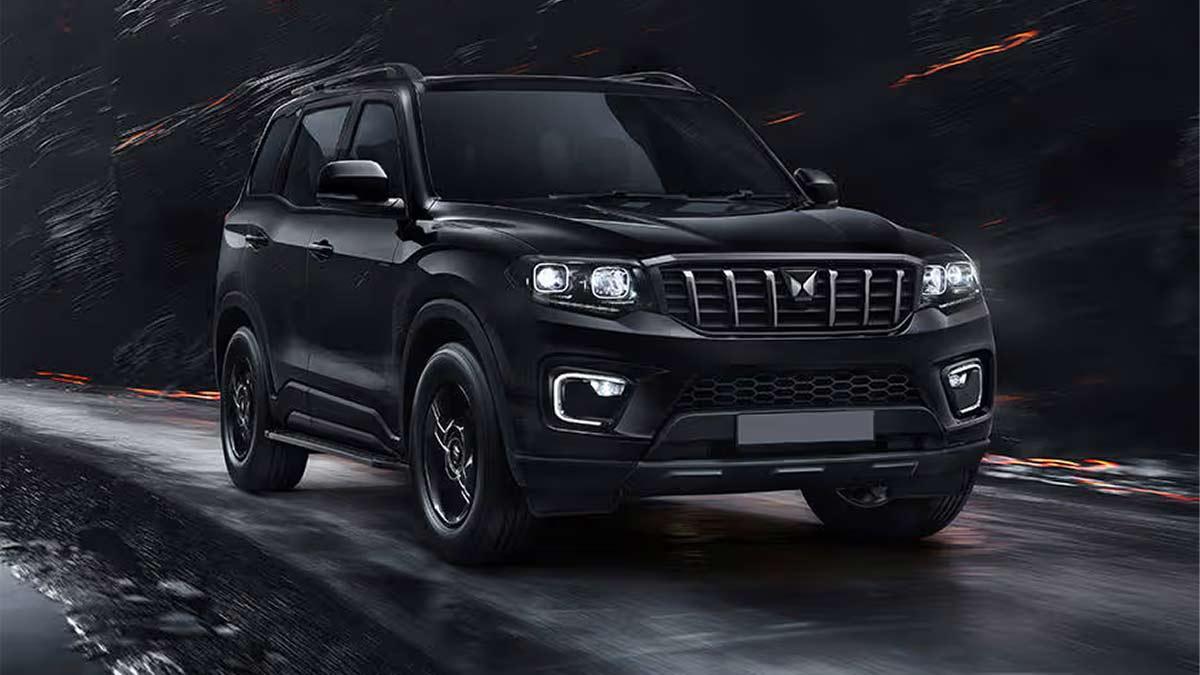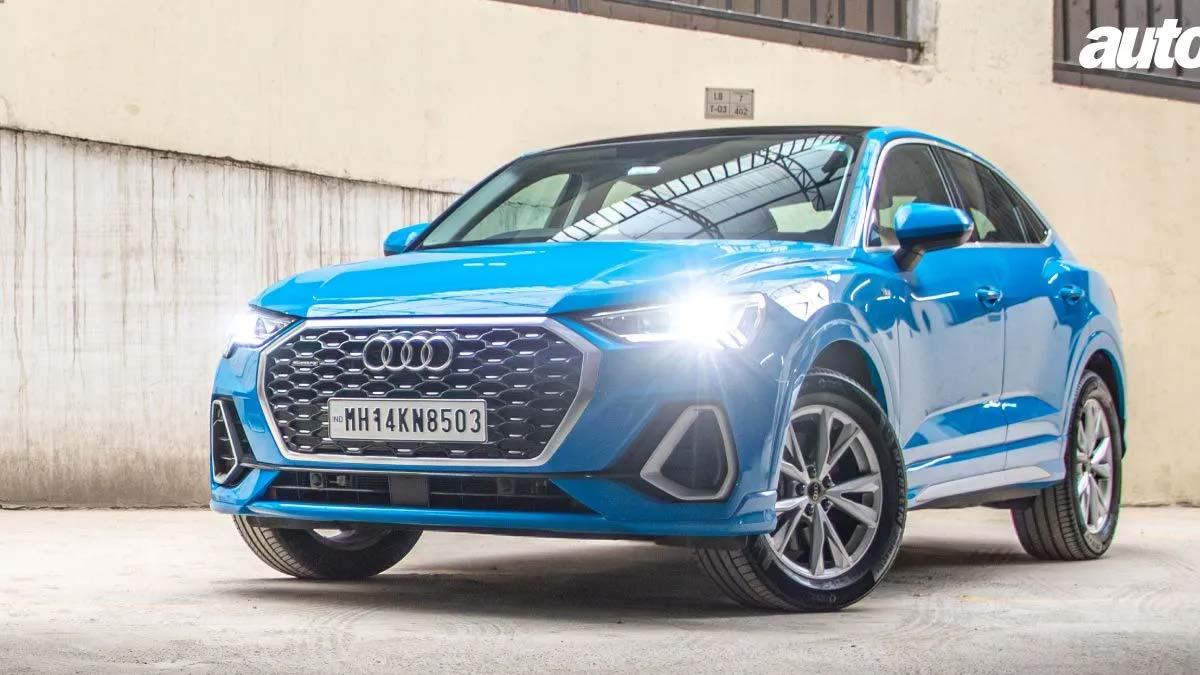The electric vehicle (EV) market in India is poised for significant growth, potentially reaching over 40% penetration and generating $100 billion in revenue by 2030, a substantial increase from its current 5% penetration. However, achieving this potential hinges on addressing key challenges identified in a recent report by Bain & Company and Blume Ventures.
The growth in EV adoption is expected to be driven primarily by two-wheelers and three-wheelers, with a projected penetration of over 45%. Four-wheelers, specifically cars, are also expected to grow to more than 20% penetration by 2030.
To realize this potential, several structural challenges must be tackled across five critical themes: new product development, distribution strategies, customer segment prioritization, software development, and charging infrastructure.
One of the major challenges identified is the deficiency in charging infrastructure in India. The country lags significantly behind other regions, with an imbalance in the ratio of EVs to charging points. Addressing this gap by establishing more charging points, particularly in existing EV-dense areas, and expanding coverage across different regions to alleviate range anxiety is crucial.
For the electric two-wheeler market, OEMs need to develop mid-segment scooter products that enable more than 50% penetration in the scooter segment. Reimagining the distribution model, engaging customers online, establishing a robust secondary market, and creating a localized supply chain are also essential for growth.
In the electric four-wheeler segment, fleet-specific EV models at competitive price points comparable to traditional internal combustion engine (ICE) products are anticipated to drive initial adoption. OEM-led distribution networks and partnerships in the fleet sector will be vital for scaling up.
Understanding customer segments is crucial for OEMs to tailor EVs that meet diverse needs, especially concerning range and performance. Software integration is seen as a critical differentiator for OEMs, potentially offering new revenue streams and enhancing vehicle performance by optimizing battery management and power delivery.
Ultimately, overcoming these challenges and leveraging these opportunities will be pivotal in propelling India's EV market towards a more substantial and influential position by 2030.
(With Agency Inputs)
ALSO READ | Mahindra Announces Vehicle Price Increase Starting Next Month
ALSO READ | Tesla Unveils Cybertruck at $60,990, Begins Deliveries to Initial Group of Customers


















